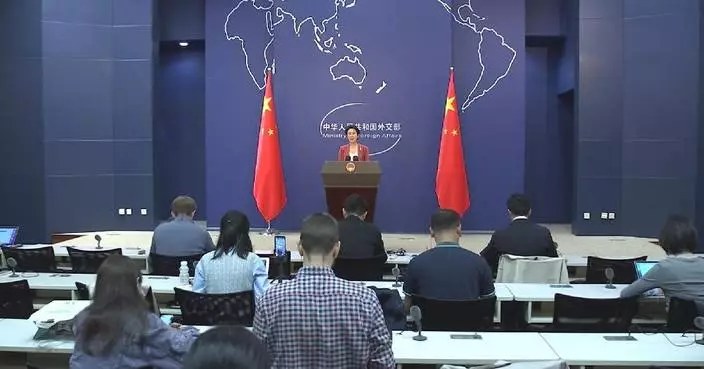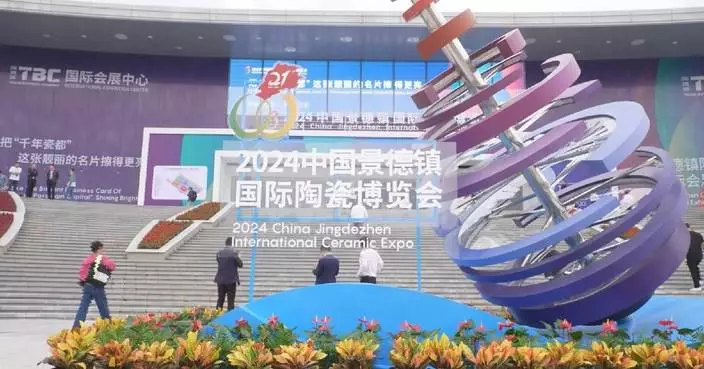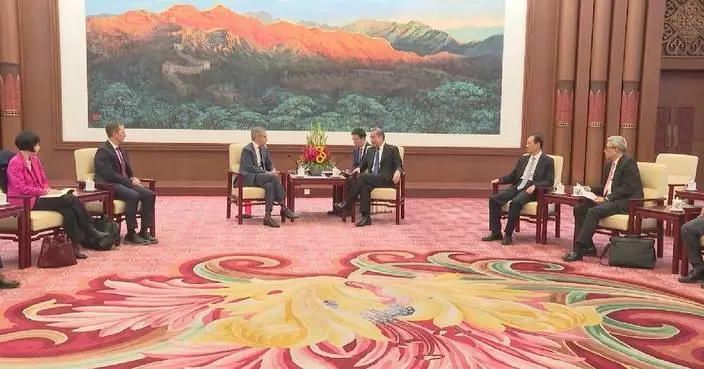China's employment market remained generally stable in the first three quarters of this year, but also faced structural contradictions, said an official of the National Bureau of Statistics (NBS) on Friday.
Sheng Laiyun, deputy director of the NBS, made the remarks at a press conference held by the State Council Information Office in Beijing.
When asked about China's employment market, Sheng said that since the beginning of this year, relevant departments have introduced a number of policies to stabilize employment, especially to solve the employment difficulties of college students. Data from the NBS shows that China's employment market remains generally stable this year.
"Although there is pressure on employment, the total employment rate remains generally stable. I just unveiled the unemployment rate data to you, which is the sample data from a survey conducted by the NBS. The urban survey unemployment rate was 5.1 percent in the first three quarters, in specific, 5.2 percent in the first quarter, 5.0 percent in the second quarter, and 5.2 percent in the third quarter, remaining generally stable. The figure of the third quarter was slightly higher than that of the second quarter, mainly due to the college graduation season in July and August," Sheng said.
Sheng said that three factors contribute to the overall stability of employment in China. Specifically, the continuous growth in economy, economic structural transformation, and the change in population structure.
Sheng said that China's economic structure has been changing over the past years. One of the changes is that the proportion of the service industry in GDP is continuously expanding, which increases employment flexibility and brings more opportunities.
"In the third quarter of this year, the proportion of the service industry in GDP was 54.4 percent, an increase of 0.4 percentage points from the third quarter of last year. What is the advantage of the development of the service industry? It enhances the elasticity of employment. Because the service industry is mostly labor-intensive, it has a strong ability to absorb employment. Therefore, the job release capacity is being enhanced in the process of structural transformation," he said.
Sheng said the prominent problem facing China's employment market is the structural contradiction. On the one hand, young people are under relatively high pressure in job seeking. On the other, the manufacturing industry has difficulty recruiting workers.
"Structural contradictions are a very important feature of our labor market. In the future, we will promote full employment and high-quality development of employment. We must not only give full play to our advantages, continue to promote stable economic development to create more jobs, but also pay attention to structural problems, and gradually solve them in the process of development, so as to ultimately achieve full employment and its high-quality development," Sheng said.

China's employment market stable in first three quarters: official









